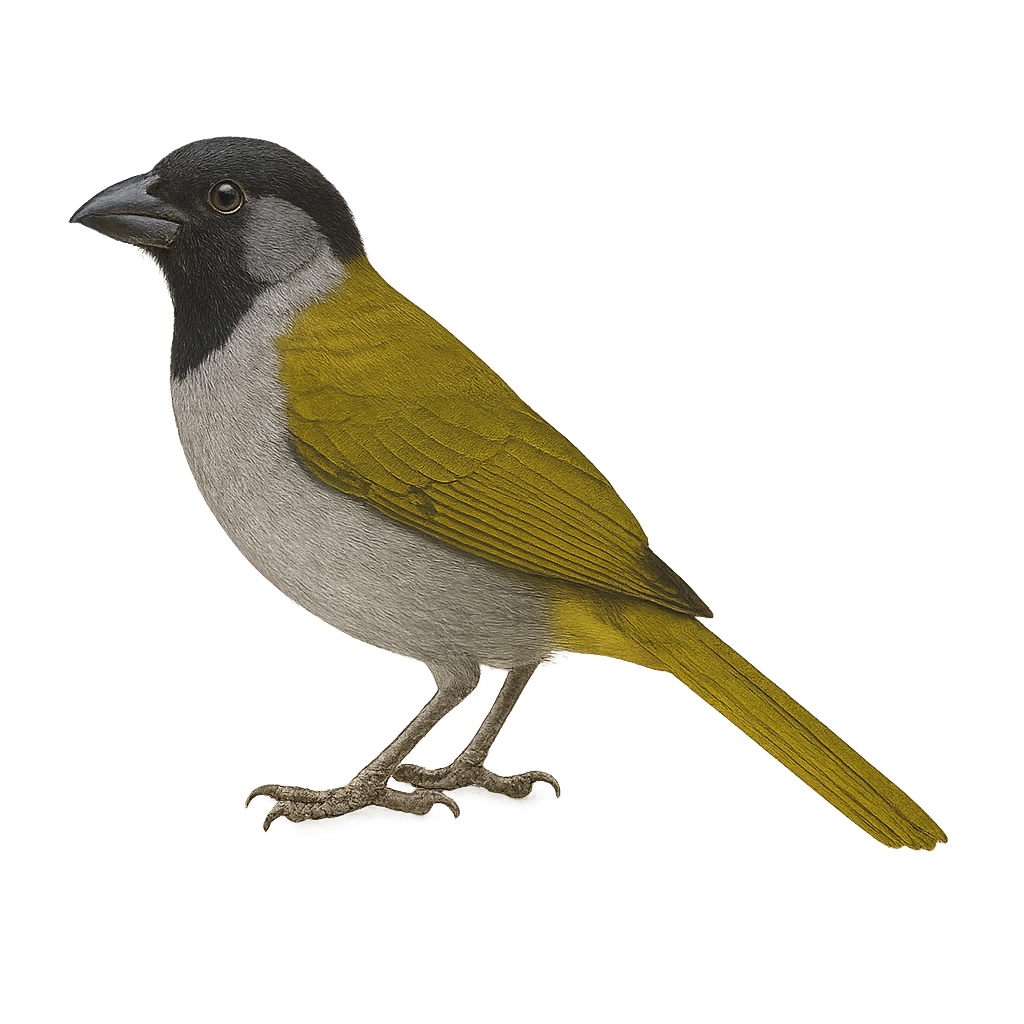Your wildlife photography guide.
Explore the black-headed saltator in detail, study its behavior, prepare your shots.
Where to observe and photograph the black-headed saltator in the wild
Learn where and when to spot the black-headed saltator in the wild, how to identify the species based on distinctive features, and what natural environments it inhabits. The WildlifePhotographer app offers tailored photography tips that reflect the black-headed saltator’s behavior, helping you capture better wildlife images. Explore the full species profile for key information including description, habitat, active periods, and approach techniques.
Black-headed Saltator
Scientific name: Saltator atriceps

IUCN Status: Least Concern
Family: THRAUPIDAE
Group: Birds
Sensitivity to human approach: Suspicious
Minimum approach distance: 5 m
Courtship display: March to April
Incubation: 13-15 jours
Hatchings: March to May
Habitat:
tropical forests, wooded areas, gardens
Activity period :
Primarily active during the day, with peak activity in the morning and late afternoon.
Identification and description:
The Black-headed Saltator is a medium-sized bird, measuring about 20 to 25 cm in length. It is easily recognizable by its black cap contrasting with its olive-green back and white belly. Its robust beak is well-suited for its diet, which mainly consists of fruits, seeds, and insects. It is primarily found in tropical and subtropical forests but can also inhabit wooded areas and gardens. This bird is known for its melodious and powerful song, often heard at dawn and dusk. It is usually seen alone or in pairs but can also join mixed-species flocks.
Recommended lens:
400 mm – adjust based on distance, desired framing (portrait or habitat), and approach conditions.
Photography tips:
To photograph the Black-headed Saltator, it is advisable to use a 400mm lens or longer to capture detailed images without disturbing the bird. Look for it early in the morning or late in the afternoon when it is most active. Be patient and discreet, as this bird can be suspicious. Try to blend into the environment by wearing neutral-colored clothing. Use a tripod to stabilize your camera and achieve sharp images, especially in the shaded areas of forests.
The WildlifePhotographer App is coming soon!
Be the first to explore the best nature spots, track rutting seasons, log your observations, and observe more wildlife.
Already 1 432 wildlife lovers subscribed worldwide

